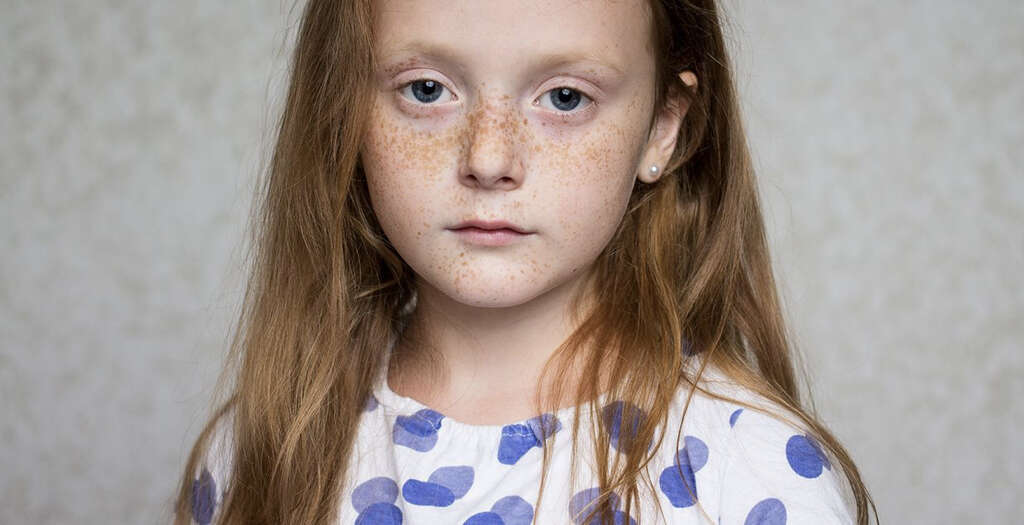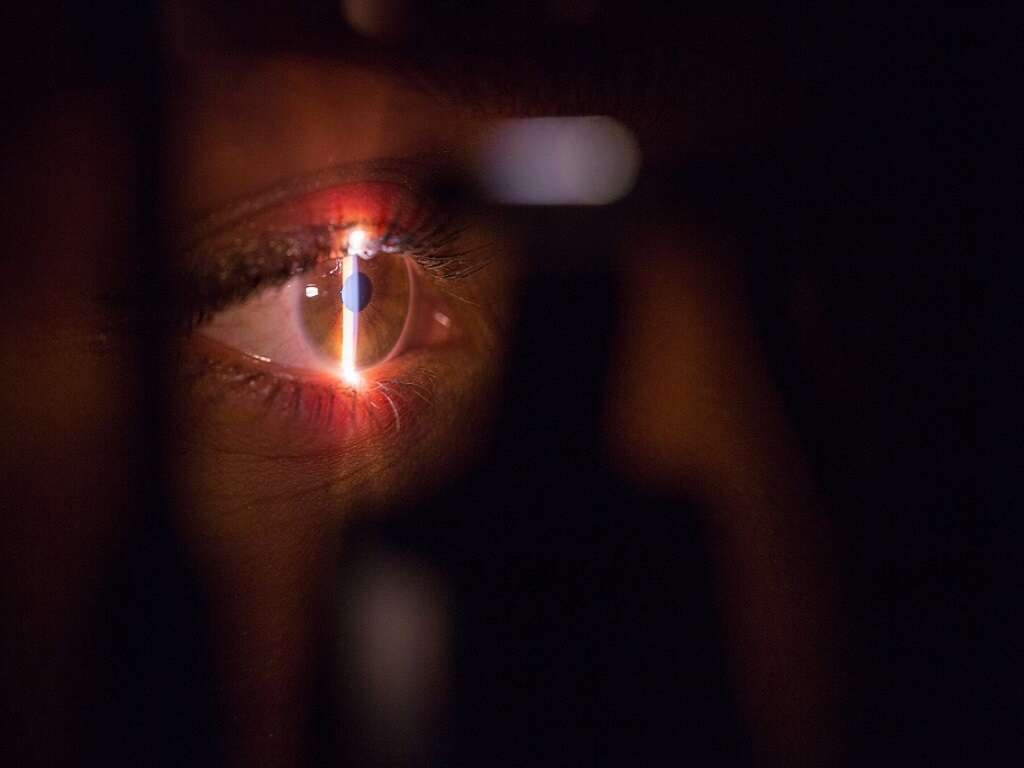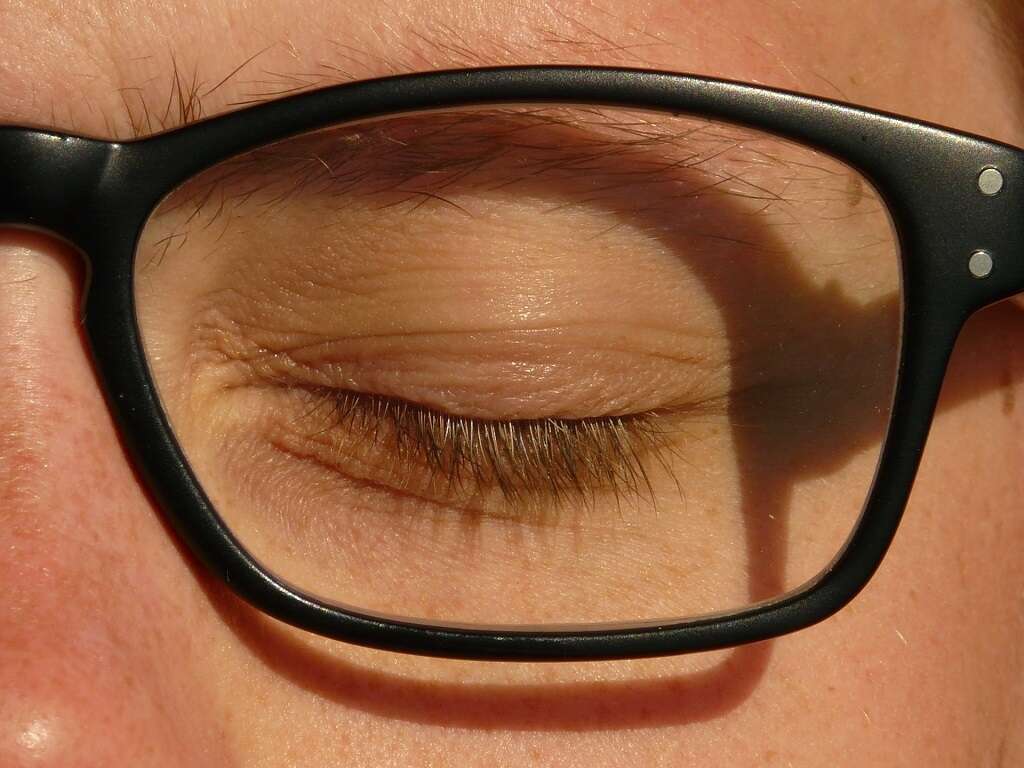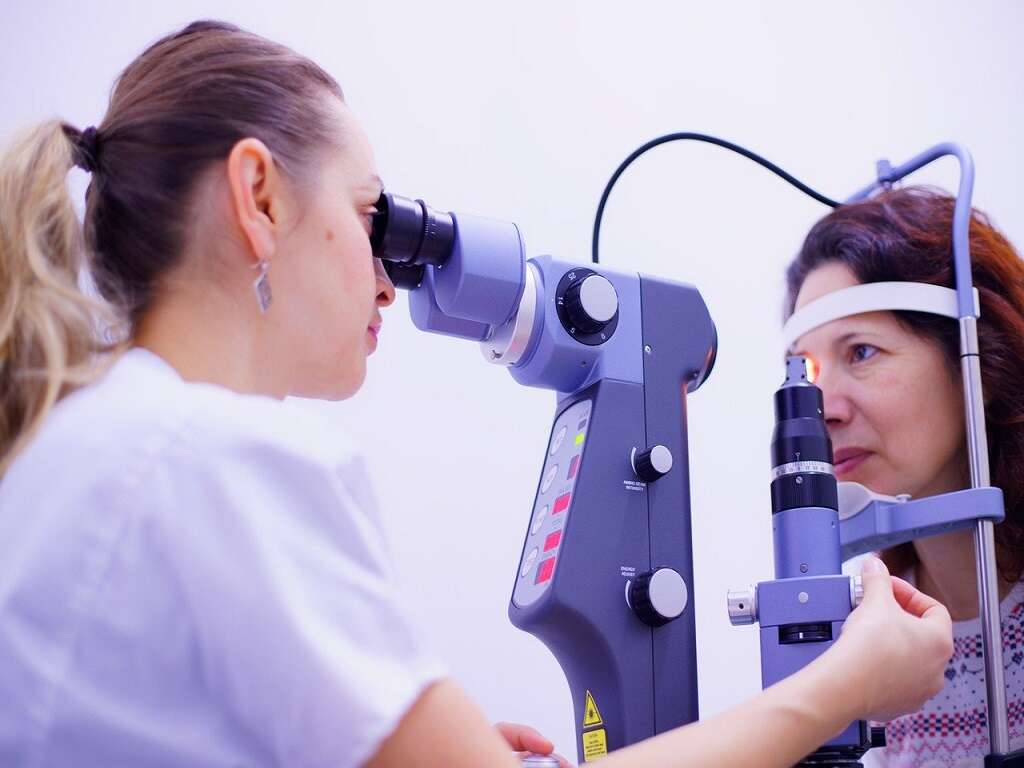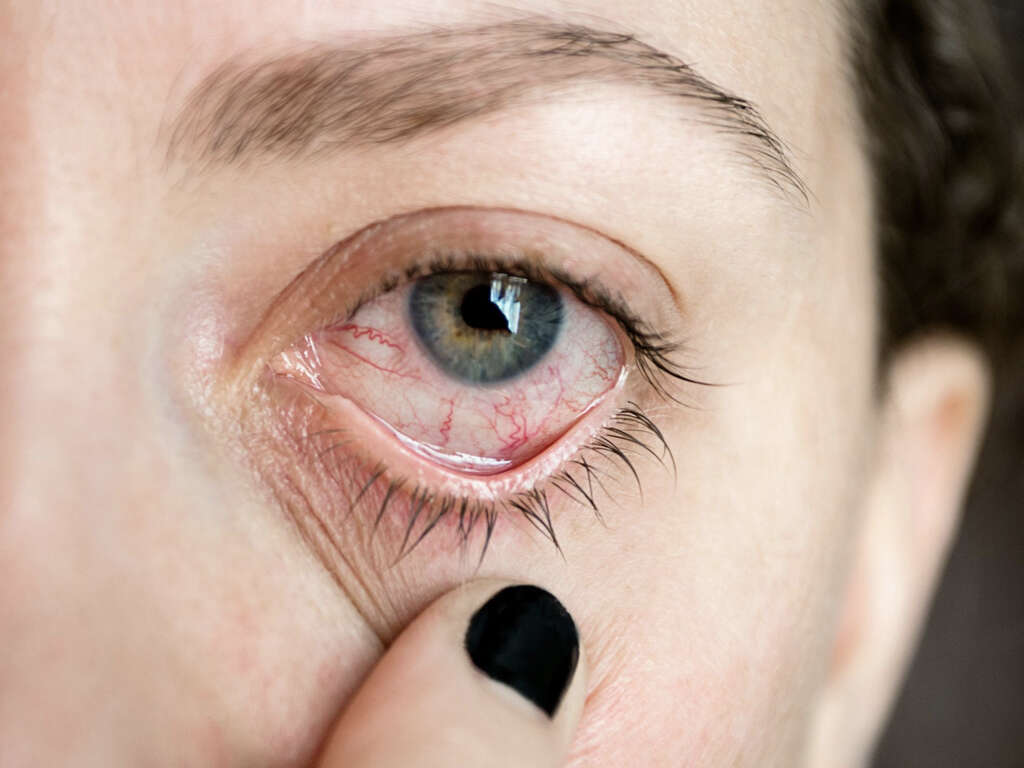What Is Lazy Eye?
2. Statistics
Based on available literature, the prevalence of amblyopia is estimated to range from 1% to 3.5% among healthy children and 4% to 5.3% among children who have ophthalmic issues. In the Visual Acuity Impairment Survey conducted by the National Eye Institute, amblyopia was reported to be the main cause of monocular (single eye) vision loss among adults between the ages of 20 to 70 years old.
There is no racial or gender preference. Lazy eye occurs during a critical time of visual development. The risk of amblyopia increases among children who have a positive family history, are developmentally delayed, or were premature during birth. This condition was first described in the 1600s and has caused many individuals to be ineligible as police officers and pilots.
Advertisement
